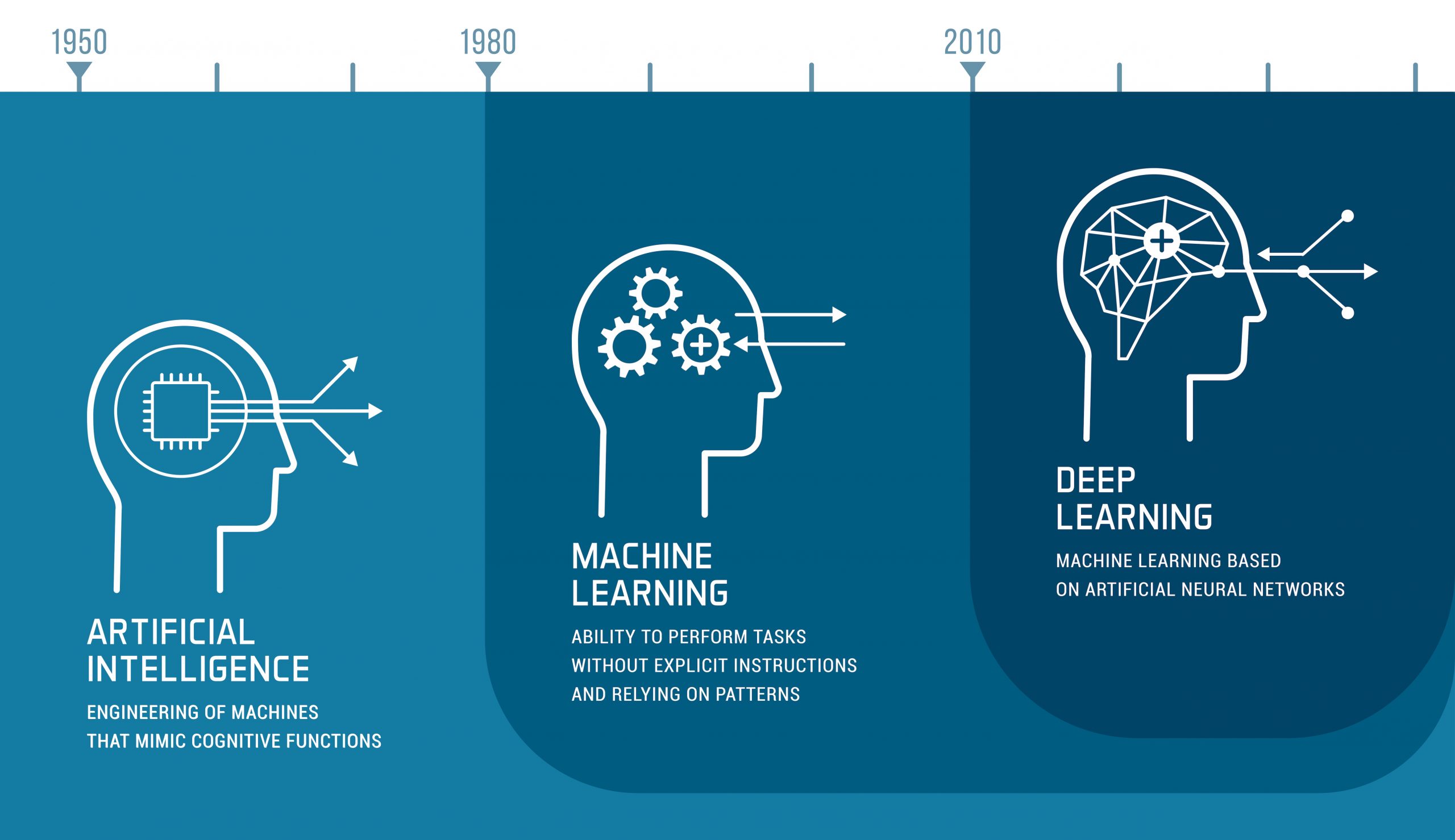Think about how streaming services recommend shows based on your viewing history, somehow understanding what you enjoy. It’s there, even if you’re unaware of its presence working behind the scenes.
Think about how streaming services recommend shows based on your viewing history, somehow understanding what you enjoy. It’s there, even if you’re unaware of its presence working behind the scenes.
More recently, it seems like the topic has gained a massive popularity surge across the technology-related areas of websites and social media. Deep learning is helping businesses across various industries make their business processes more efficient, effective, and automated. It’s a topic worth exploring, even out of interest, but especially if you’re an entrepreneur looking to upscale your business.
This article will provide a brief overview of deep learning, followed by five of its most notable applications across business industries.
What Is Deep Learning?
Deep learning is a branch of machine learning that uses artificial neural networks as part of its foundation. In other words, it’s about creating algorithms and software that, as much as possible, mimic the human brain and how it learns. The result is specialized software that ‘learns’ and processes large amounts of structured/labeled data much quicker than what’s humanely possible.
Deep learning algorithms analyze mass amounts of labeled data to build statistical models, improving them until they can accurately interpret and understand new data. For instance, a ‘cat breed identifying algorithm’ may be given thousands of images of cats, each image tagged (labeled), so the algorithm knows which breed it is. It’ll then analyze each image, recognizing patterns and building its existing dataset. Eventually, the algorithm ‘learns’ to identify cat breeds in new pictures using its current statistical models to inform its decision.
5 Deep Learning Applications Across Various Industries
1 - Image Recognition And Classification
Image recognition deep learning algorithms identify patterns, textures, and characteristics in photos to label them and perform various tasks. Just like the example, you read a while ago. Different types of ‘image recognition’ algorithms exist, each more suited to specific tasks. Image segmentation and instance segmentation are two common ones—you can read this helpful post if you’d like a more in-depth overview.
As you might expect, image recognition algorithms have many applications. Some social media networks, like Facebook, use image recognition to identify the nature of posted content. It can also be used to identify inappropriate posts and remove them. In other business sectors, it can be used to create an enterprise-wide intelligent search feature. It would allow team members to retrieve images and other visual media simply by typing keywords instead of knowing specific file names.
2 - Disease Detection In Healthcare
The application of deep learning in healthcare takes image recognition several steps further. The medical field has, for years, accumulated information and image scans of various diseases in various stages. These contribute to the education of new doctors and the progression of medical technology.
Deep learning neural networks can study this data faster and more effectively than human eyes. Furthermore, with all the data at its disposal, a neural network can identify early signs of disease far earlier than even the most trained and accomplished doctors worldwide. As a result, deep learning neural networks may potentially save countless lives in the future.
3 - Natural Language Processing
Natural language processing deals with teaching deep learning algorithms to ‘understand’ languages. Like the previous two applications and those that follow, the process involves exposing the algorithm to existing data, making it understand what it means, and letting the algorithm identify patterns and form connections.
The process is iterated until you get a system that can do things such as recognizing speech (audible or written) and all its technicalities like punctuation and tone of voice. It can be implemented in systems that provide automated responses to verbal queries, summarize documents, translate languages, and transcribe meetings, among many others.
4 - Virtual Assistants
Think of the intelligent virtual assistants in smartphones, like Google Assistant, Siri, and Bixby. Virtual assistants can be considered a great example of multiple spheres of deep learning working together in the daily lives of many.
These handy applications use deep learning algorithms to perform their core functions. Think about how all you need to do is tell your smartphone what to do, and it does it. That’s thanks to natural language processing giving it the ability to understand what you’re saying by comparing your voice to its database of voices.
When you’re recommended a restaurant, deep learning allows your phone to guess what you may enjoy. The guess may be based on places you visited before, how often you returned, the nature of the new restaurant, and the activity of those who show similar preferences.
5 - Customer Activity Analysis
Many businesses use customer activity analysis so much that it deserves to be mentioned in this article. It’s sometimes called content personalization, targeted ads, etc. But essentially, this refers to when businesses and online platforms track customer activity to ‘personalize the experience.’
It’s all about using deep learning to determine what a user likes based on past activity. The goal is to automatically recommend products, services, or content that’ll interest that user and generate another click. For online services and e-commerce stores, this is incredibly beneficial. It even has the potential to help boost customer satisfaction and conversion rates.

Conclusion
Deep learning is a branch of machine learning that concerns creating algorithms that mimic how the human brain learns. It usually requires access to large amounts of structured data to begin ‘learning’ until they can study, identify, and use newly presented data with accuracy.
The numerous applications of this technology include systems that can recognize images, speech, and user activity and even engage in conversations or follow data trends to diagnose disease. Moreover, this only scrapes the surface of what deep learning can do. If this technology continues to advance, as it likely will, just imagine what it’ll be capable of in the future.











